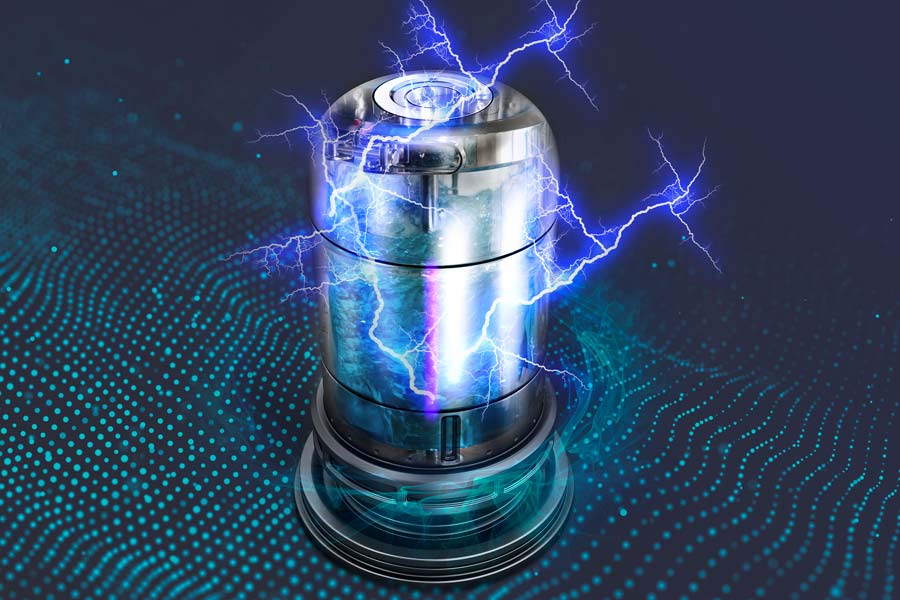Liquid Electricity
By: GenH2 Staff
Read Time: 2 minutes
Defining “Liquid Electricity™”
The world is very familiar with electricity and how it is both a basic part of nature as the flow of electrical power or charge, and globally, as one of the most widely used forms of energy. Electricity is produced by converting primary sources of energy such as coal, natural gas, nuclear energy, solar energy, and wind energy, into electrical power. But GenH2’s Chief Architect, James Fesmire introduced a new term, “Liquid Electricity™”, to the world of cleaner energy and the Hydrogen economy in 2020 through a Cold Facts article titled, Electricity and Liquid Hydrogen (LH2).
So, what is “Liquid Electricity™” and how will it affect our future as we move to a greener and fully deployed Hydrogen Economy? Liquid electricity is LH2, the means of energy storage or carrier from micro to macro scales for electrical power generation and transportation. Thinking of LH2 as stored electrical energy, the opportunity of being more efficient, convenient, cheaper, and stronger than today’s traditional sources of energy could be game changing on how we think about a source of electricity.
In an analogy, imagine having the ability to buy a bucket of one megawatt-hours (MW-h) of liquid electricity, LH2. Just use a portion of it when needed and save, store the rest for later. Electricity does not work like that, but liquid hydrogen (LH2), or other high density cryogenic hydrogen storage technologies comes the closest to making that notion a future reality as energy source and carrier. A big part of the implementation of the “liquid electricity” age is the capability of energy storage in the form of LH2 at a range of scales, from micro to macro with on-demand capabilities, bringing with it efficiency and time savings. The LH2 energy carrier approach is making a strong push for the clean energy future across the planet.
GenH2 is a company standing out in LH2 liquefaction and storage concepts and making changes in the perception of hydrogen, being positioned to provide infrastructure solutions and to meet future needs for consumer and commercial transportation. Expectations are that this LH2, “liquid electricity’ source has the potential to be a main source of electrical power in the U.S. and globally in the 21st century.



